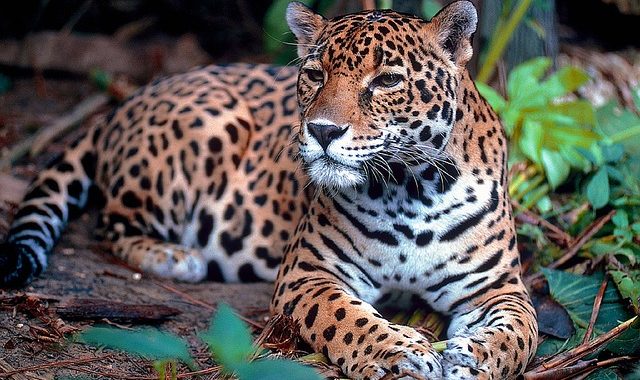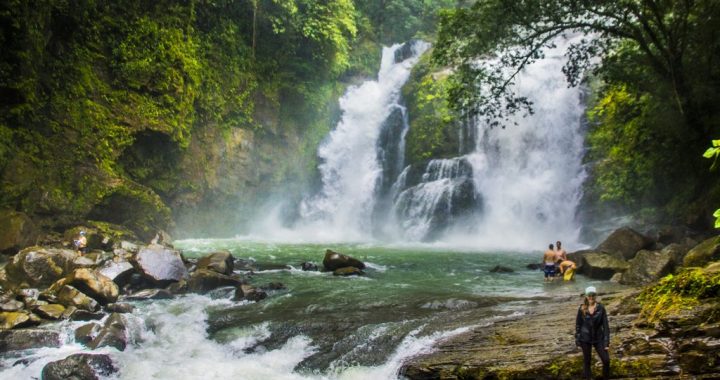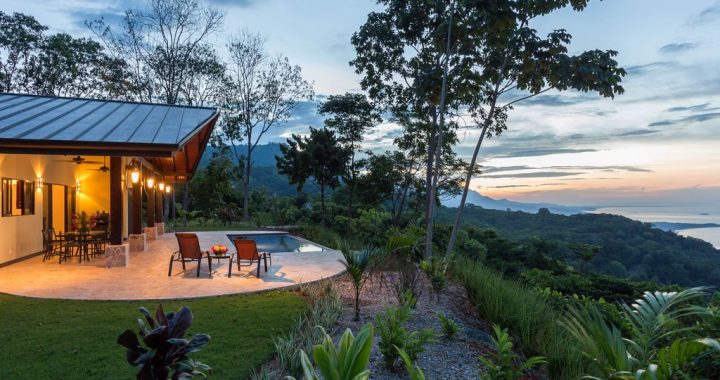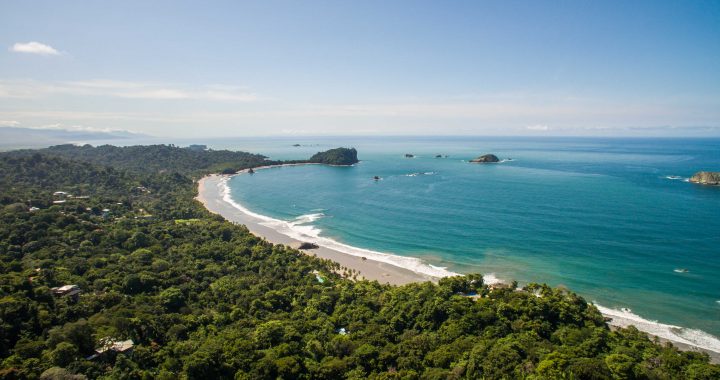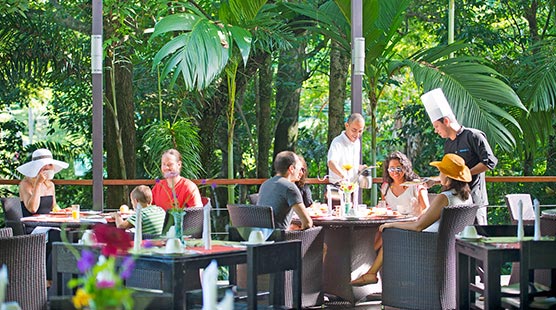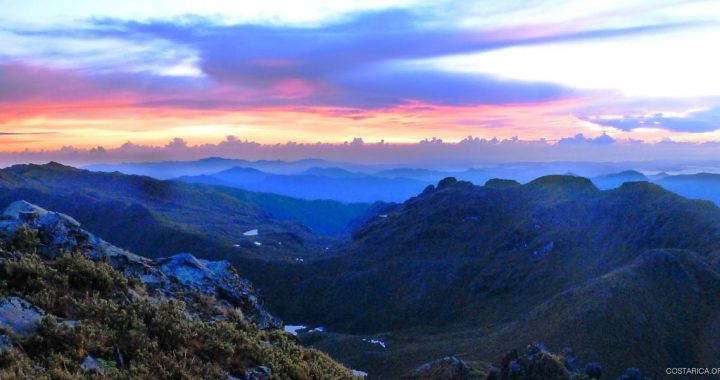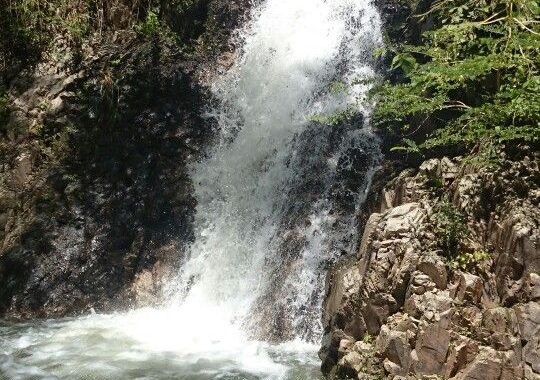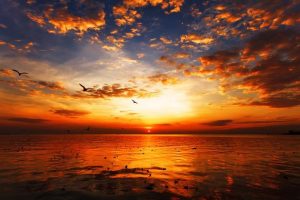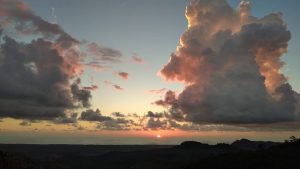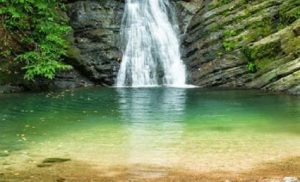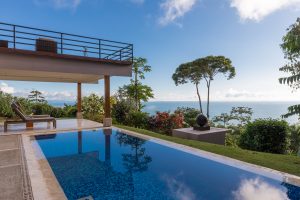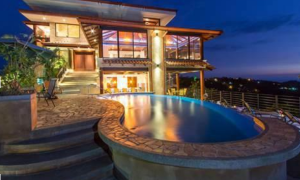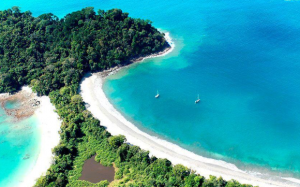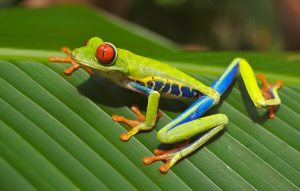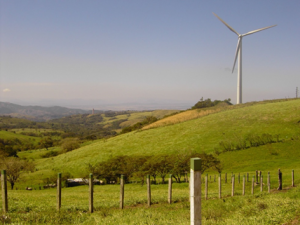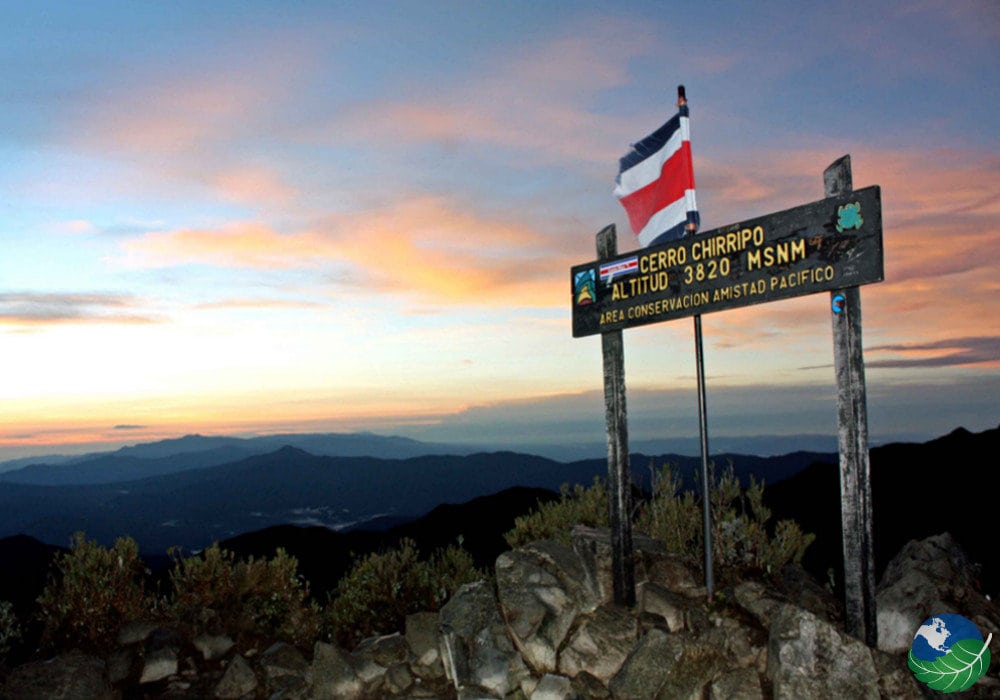Costa Rica, a country known for its breathtaking natural beauty, has become a favorite destination for adventurous travelers seeking a unique experience. While popular spots like Manuel Antonio and Arenal Volcano often steal the limelight, there are hidden treasures that offer an off-the-beaten-path experience. Dominical and Uvita, located along the southern Pacific coast, boast stunning landscapes, vibrant biodiversity, and a relaxed atmosphere. Let’s embark on a virtual journey to explore the captivating tourist attractions of Dominical and Uvita in Costa Rica.
Marino Ballena National Park:
Marino Ballena National Park, nestled in Uvita, is a pristine marine park renowned for its magnificent natural formations. The park derives its name from the Humpback whales that migrate to the area between December and April, offering a unique opportunity for whale watching. Visitors can also explore the park’s iconic Whale Tail, a sandbar formation shaped like a whale’s tail during low tide. Snorkeling, scuba diving, and swimming in the clear turquoise waters surrounded by vibrant coral reefs are a must for ocean enthusiasts.
Nauyaca Waterfalls:
Prepare to be mesmerized by the Nauyaca Waterfalls, a tropical paradise just outside of Dominical. Surrounded by lush rainforests, these cascading falls offer a refreshing retreat from the tropical heat. The falls consist of two tiers, with the upper falls plunging over 45 meters into a natural pool. Hiking trails through the jungle lead visitors to these impressive waterfalls, making it an excellent opportunity to immerse yourself in Costa Rica’s rich flora and fauna.
Alturas Wildlife Sanctuary:
For wildlife enthusiasts, a visit to the Alturas Wildlife Sanctuary is an absolute must. Located near Dominical, this sanctuary is dedicated to rehabilitating and protecting injured or orphaned animals. Take a guided tour to learn about the conservation efforts and get up close to fascinating species like sloths, monkeys, toucans, and scarlet macaws. It’s a chance to witness the country’s incredible biodiversity while supporting a worthy cause.
Corcovado National Park:
While technically not within Dominical and Uvita, Corcovado National Park is well worth a visit for nature lovers. Located on the Osa Peninsula, this remote park is often called “the most biologically intense place on Earth” by National Geographic. Its diverse habitats are home to an astonishing array of wildlife, including jaguars, tapirs, monkeys, and countless bird species. Hiking through the park’s trails will immerse you in the wonders of Costa Rica’s untamed wilderness.
Ventanas Beach:
Ventanas Beach, just south of Uvita, captivates visitors with its unique sea caves carved into the cliffs. During low tide, explore the tunnels and passages that lead to hidden beaches, rock formations, and natural wonders. The interplay of sunlight and shadows inside the caves creates a magical atmosphere. Make sure to check the tide charts and plan your visit accordingly to fully experience the beauty of Ventanas Beach.
Conclusion:
Dominical and Uvita may be hidden gems in Costa Rica, but their allure is undeniable. These two coastal towns offer a perfect blend of natural wonders, adventure, and tranquility. From the awe-inspiring marine life at Marino Ballena National Park to the captivating Nauyaca Waterfalls and the wildlife haven of Alturas Wildlife Sanctuary, these areas will leave you with lasting memories. And if you’re up for a thrilling journey, don’t miss the opportunity to explore Corcovado National Park and venture into the heart of Costa Rica’s untamed wilderness. Dominical and Uvita beckon
